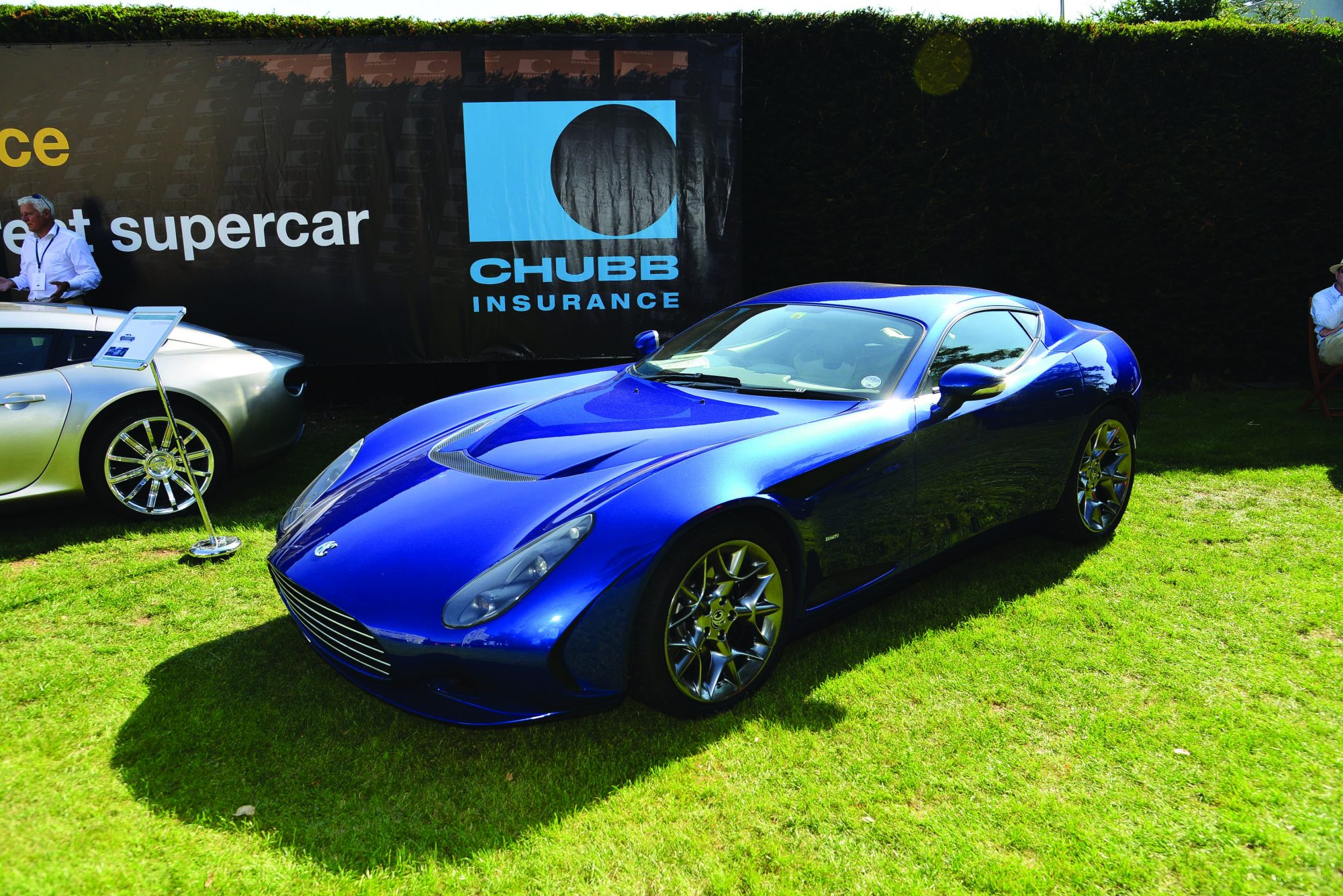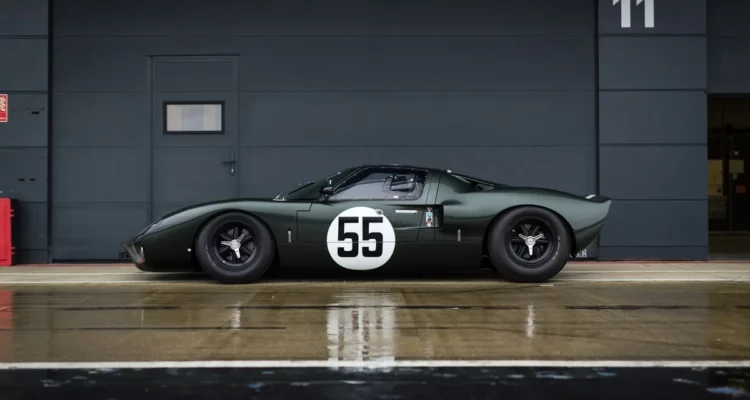AC Cars – What Could Have Been
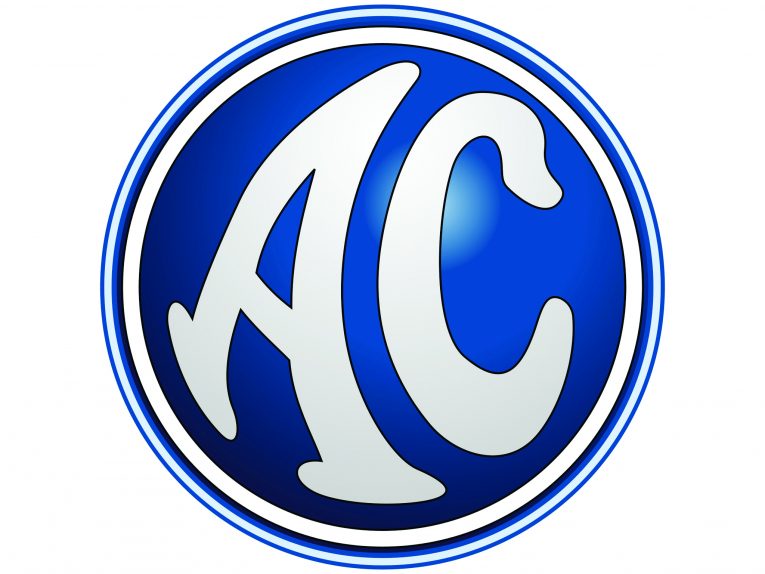
The AC Cobra. When you hear the name AC, the Cobra is where your mind goes. It’s an automotive icon, the poster-child for more than one generation, the definitive muscle car for many, in fact. But AC Cars was more than the Cobra, it was a relative powerhouse in its day, making cars for the masses, and not just sports cars either. AC Cars made grand saloons and it also mobilised the otherwise immobile. AC Cars was an important player in the UK’s automotive landscape.
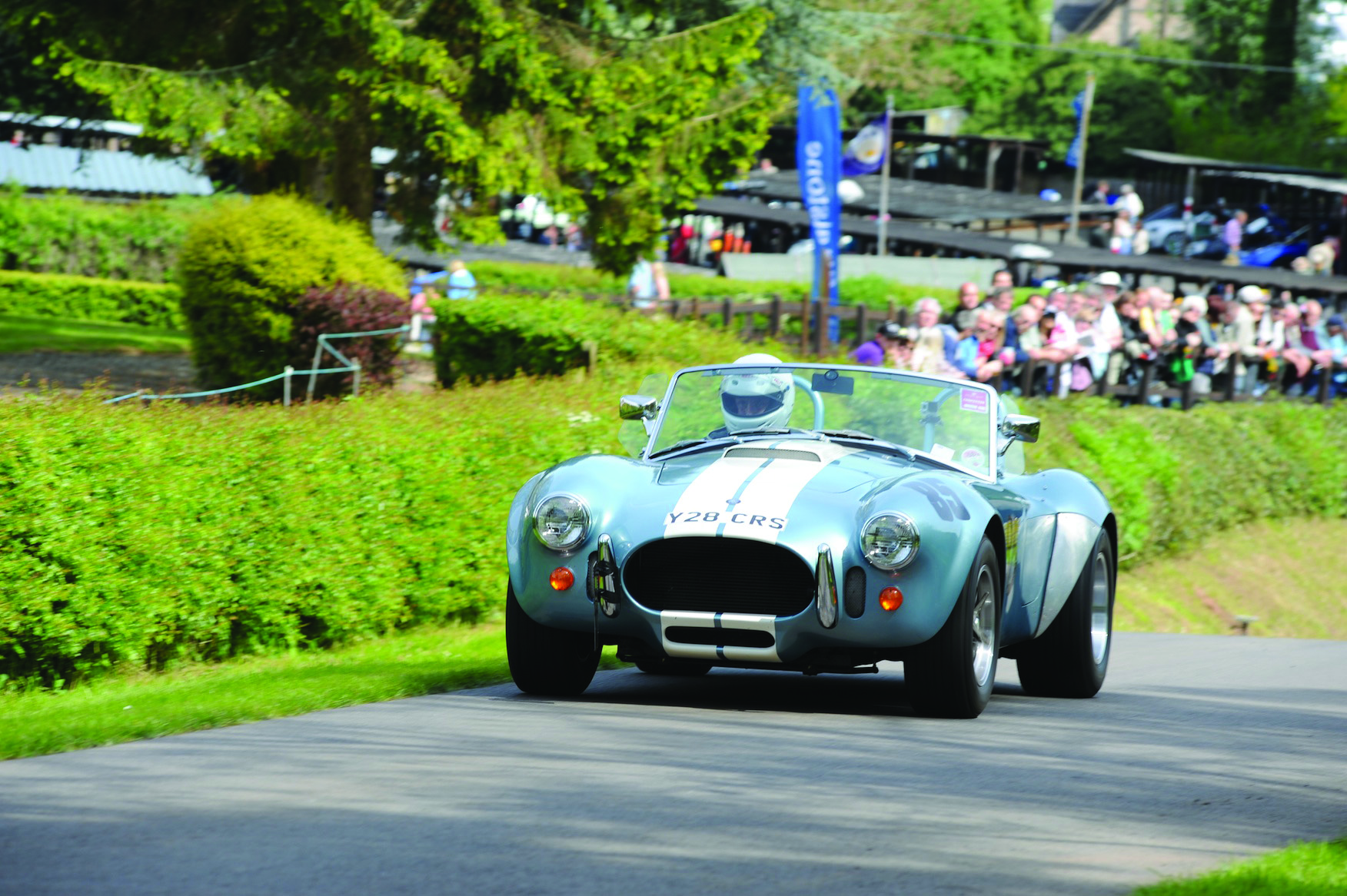
So where is it now? Well, that’s a good question. On paper it’s still a very real company, but in terms of offerings, there seems to be little more than a website offering a tenuous suggestion of more cars in the future. We’ll get to that later on though, and the scandal that comes with it. John DeLorean wasn’t the only man in motoring to have his name in the media for all the wrong reasons. AC’s current head honcho has had a stab too.
AC Cars, given that it still – in one form or another – exists, is the UK’s longest-running car manufacturer. It was founded in 1901 by the Weller brothers, whose background was in engineering and mechanics. At the time, the company’s core business was the repair of commercial vehicles, automobiles and motorcycles. In fact, the company was appointed as the official repairer for De Dion automobiles amongst others.
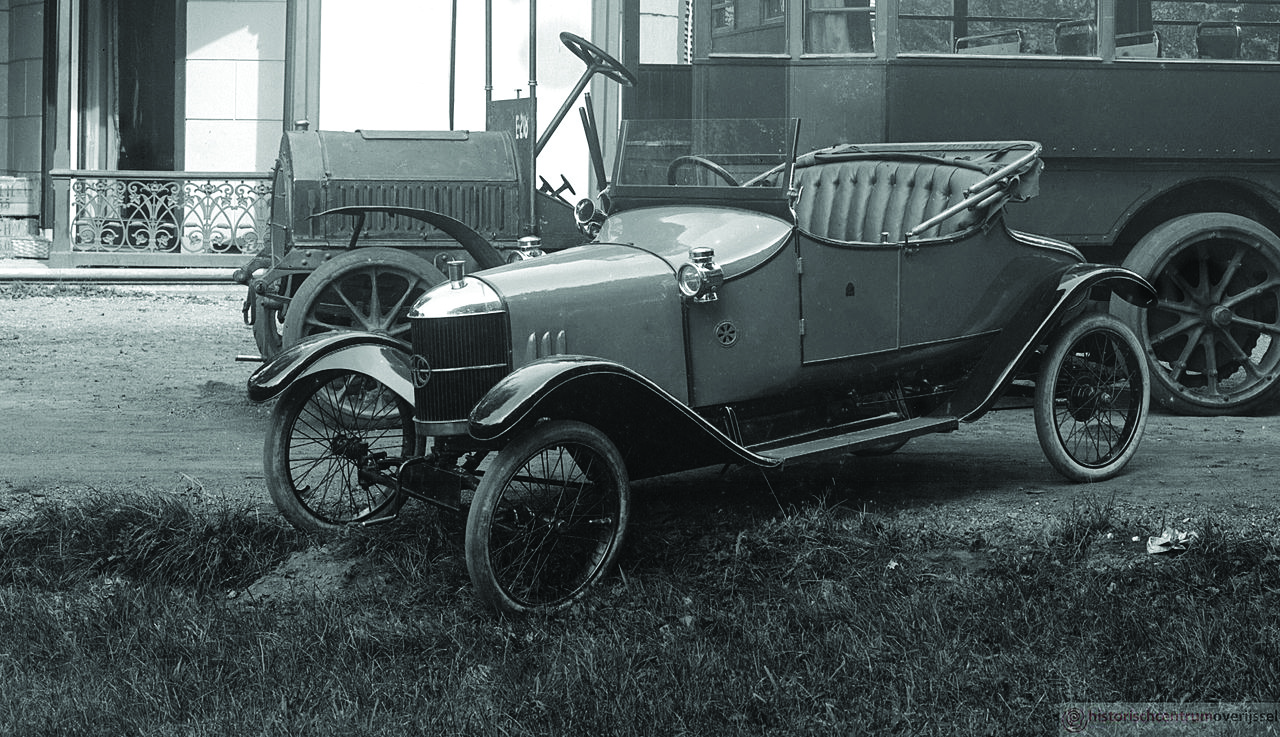
AC 10hp, 1914
John Weller, the more prolific of the Wellers, was keen to expand the company’s horizons, though to do so, he knew he would need more working capital. To secure this, he partnered with John Portwine, a local butcher and successful businessman. With the new partnership, John Weller immediately set about the creation of his first car.
In 1903, a 20hp touring car was unveiled at the Crystal Palace Motor Show. Bearing the Weller name, the car won the praise of Autocar magazine, which stated that the company had a bright future. However, John Portwine was concerned that the cars were too costly, so instead encouraged John Weller to pursue a more financially sound avenue – namely a three-wheeled delivery vehicle. Now, where have we seen that before?
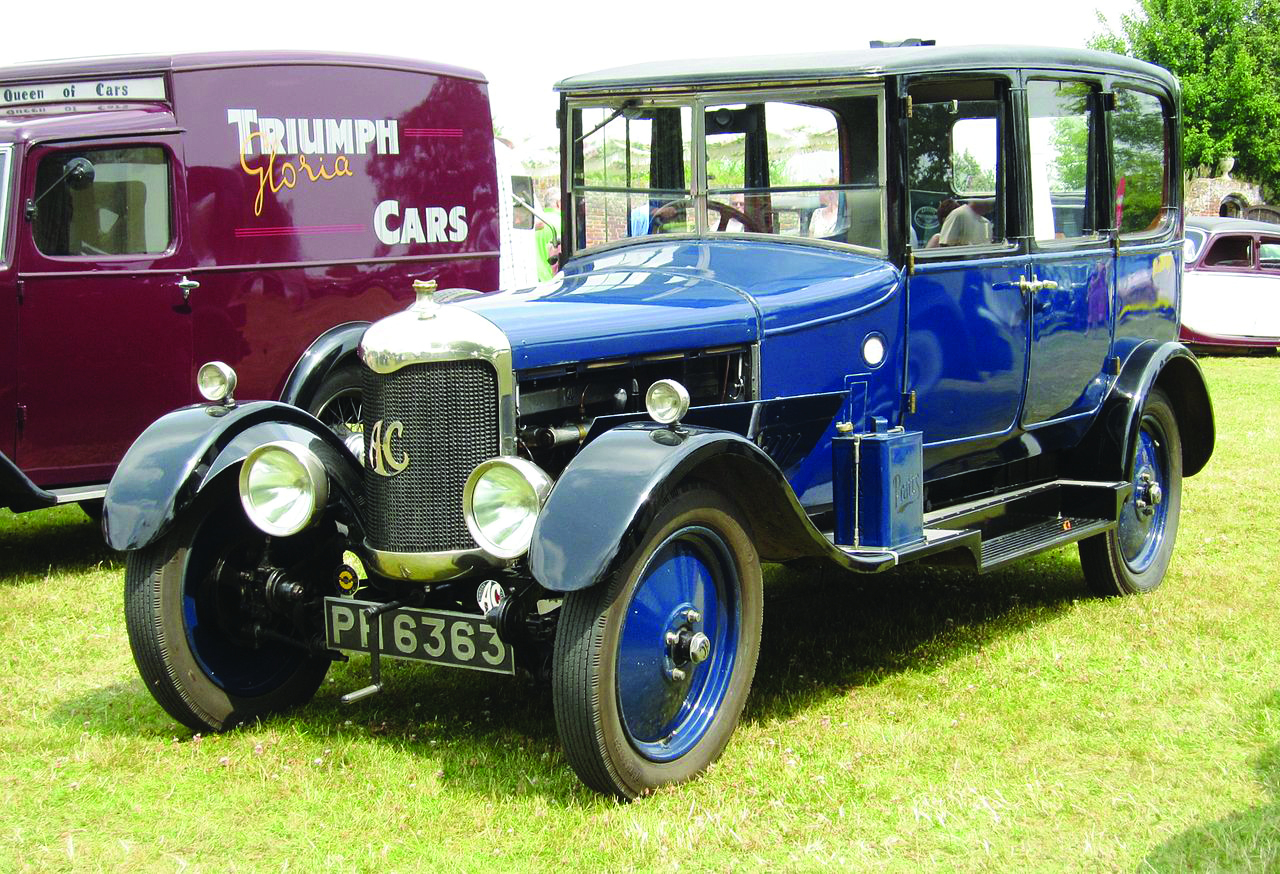
AC Royal Saloon – 1927
Released in 1904 and named the Autocarrier, it was a huge success. Companies bought the vehicle in big numbers. Boots, Selfridges, Goodyear Tyres and other companies all had the Autocarrier on their respective fleets. It was the start of something big for Weller and Portwine, and its success created the opportunity to build a passenger version named the A C Social, a name derived from Autocarrier.
In 1911 the company became known as Auto Carriers Ltd and moved to a new facility in Thames Ditton, Surrey. This was also the first time the AC roundel logo was used. Over the years, the company made many passenger vehicles while also serving the war effort by making shells and other military kit.
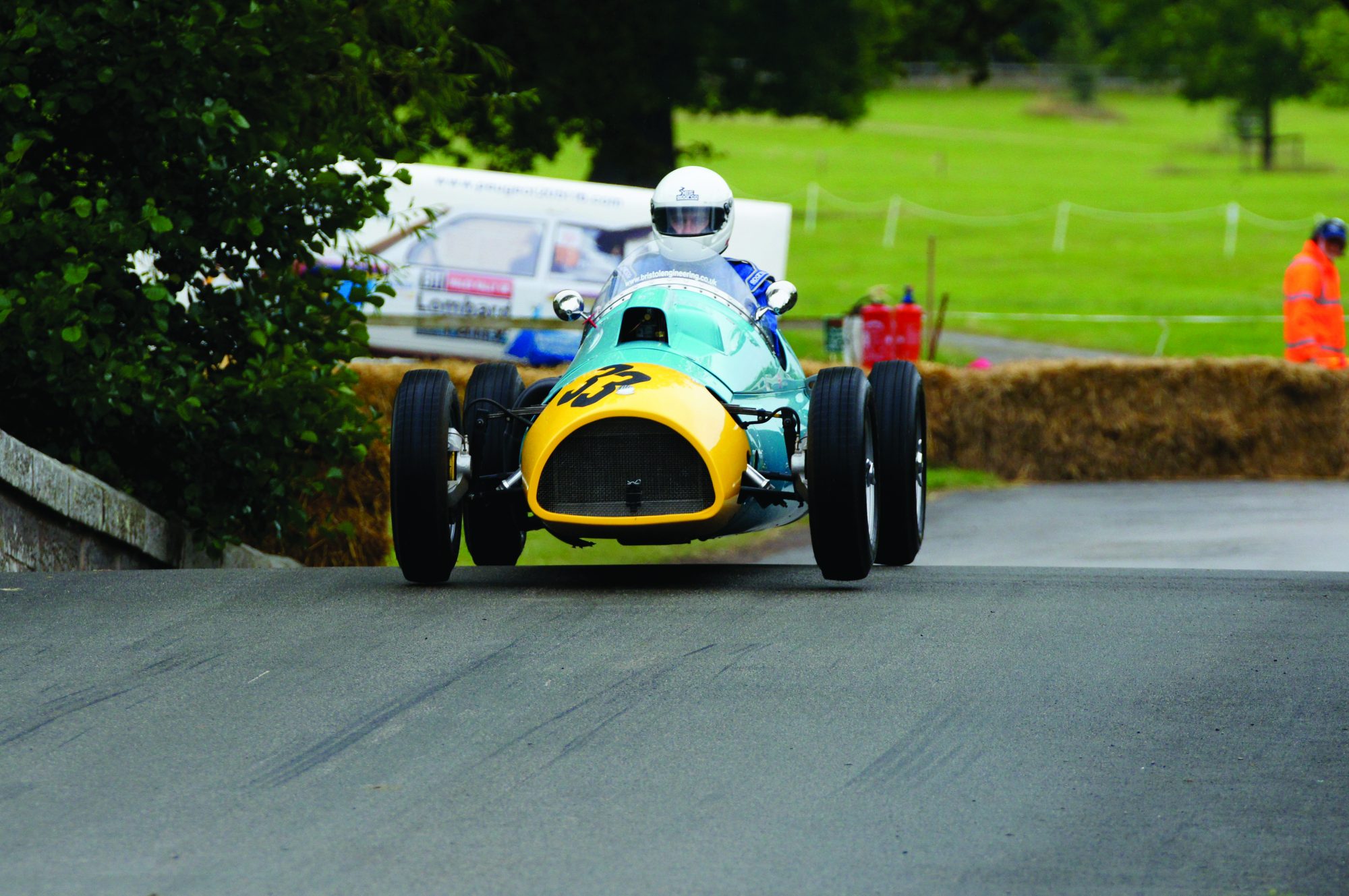
AC Monoposto
After the war, Weller designed a new engine, namely the ‘light six’. It was a straight six with aluminium pistons, cylinder block and sump, chain-driven overhead camshaft, four valves per cylinder and Weller’s patented spring chain tensioner. It was initially available in 1,477cc with an impressive 40bhp, though when it was built in 1,991cc guise with 105hp, it wowed the crowds. The engine would go on to be used by other companies as well as AC for some 40 years. Auto Carriers Ltd was most definitely one to watch.
It was 1921 when Napier racing ace, Selwyn Edge, joined the company. He promised to breathe new life into the brand via his motorsport links, a popular trend for car makers of the time. However, Edge did not bond at all with Weller and Portwine – to such an extent, in fact, that they left the company within a year.
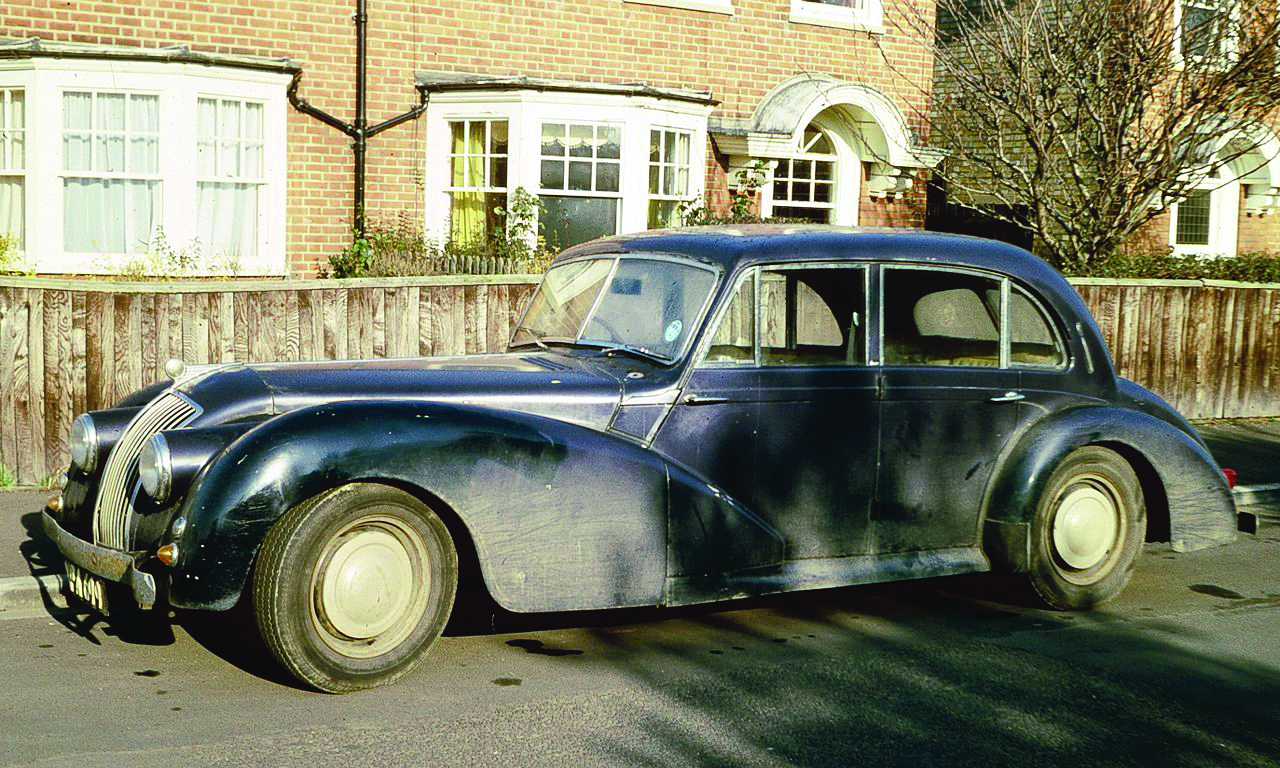
AC Two Litre – 1955
Edge wasn’t going to be perturbed by their departure, and instead ploughed on with his racing desires. He brought Sammy Davis in as a driver while also continuing to develop more models. In 1922, he changed the name of the company to AC Cars Ltd.
With motorsport wins coming in from Brighton, Brooklands, Montlhéry and Monte Carlo, the sales of AC cars should have been a sure thing. However, other brands were proving too big to compete against, and while AC did indeed have a reputation for speed, it wasn’t enough to make the mass market part with its cash. The economic crash of 1929 was too hard for AC to weather – despite being one of the UK’s biggest manufacturers – and as such, it went into voluntary liquidation. It was a hard blow for Selwyn Edge, who had bought the company outright in 1927 for £135,000. That’s nearly £6million in today’s money. Ouch.
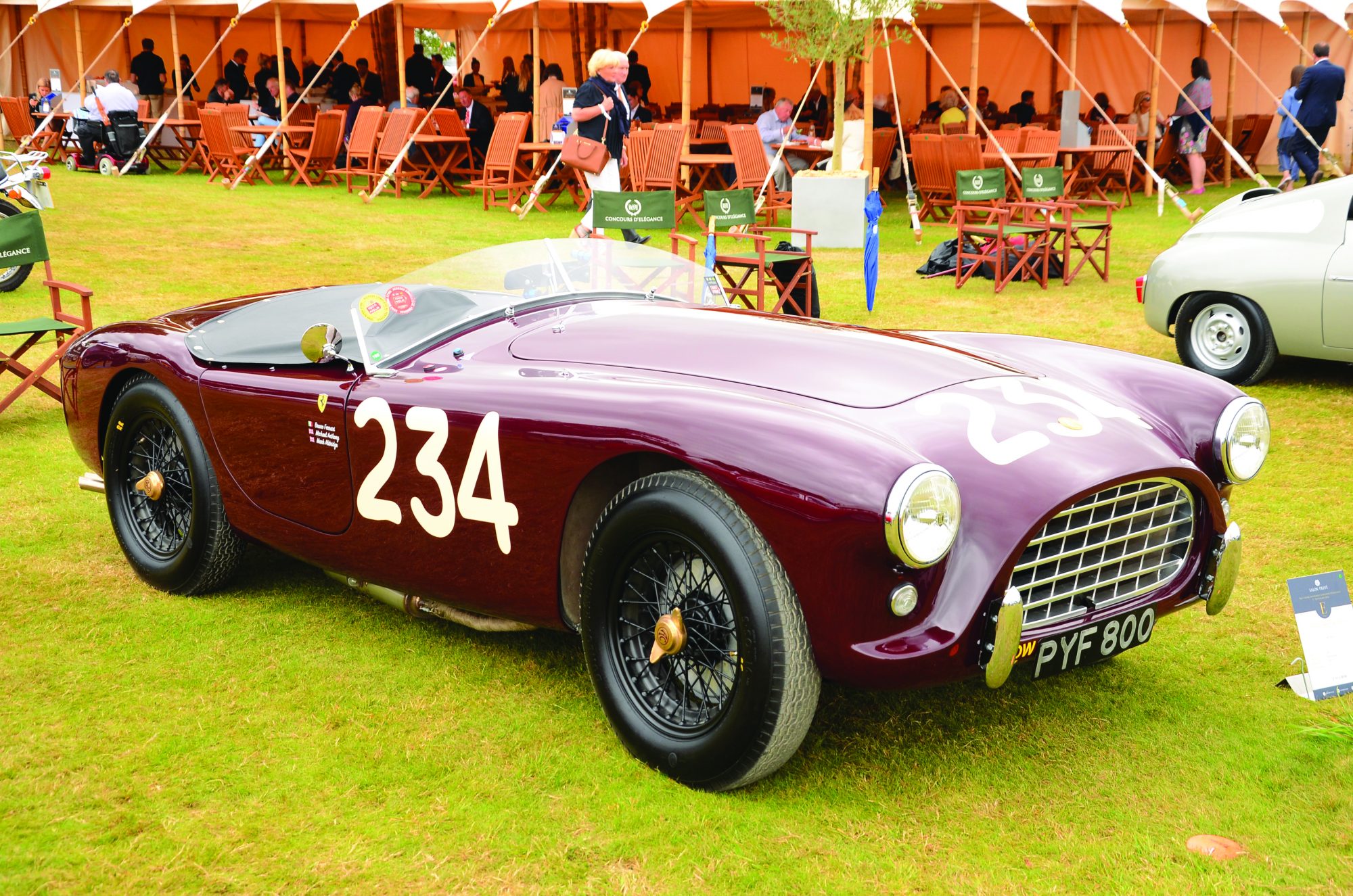
AC Ace
AC wasn’t the only car company forced into a corner by the market crash, but it was one of the few that managed to come back from the dead. This came via the Hurlock family, who were successful hauliers at the time, though they only bought the company for the factory and the profitable service business. They actually had no intention of building cars. It was only William Hurlock’s need for a new car that brought about new AC models, the first being built from the parts still lying around the factory!
It seemed William wasn’t the only one who wanted a new AC. Market demand also returned, so the company set about building new models. In 1933, five new cars were unveiled at the London Motor Show, and they were exceptionally well received. Saloons, drop-heads, coupes and tourers were all available, and they boasted luxury like no other. AC Cars was once again back in the game.
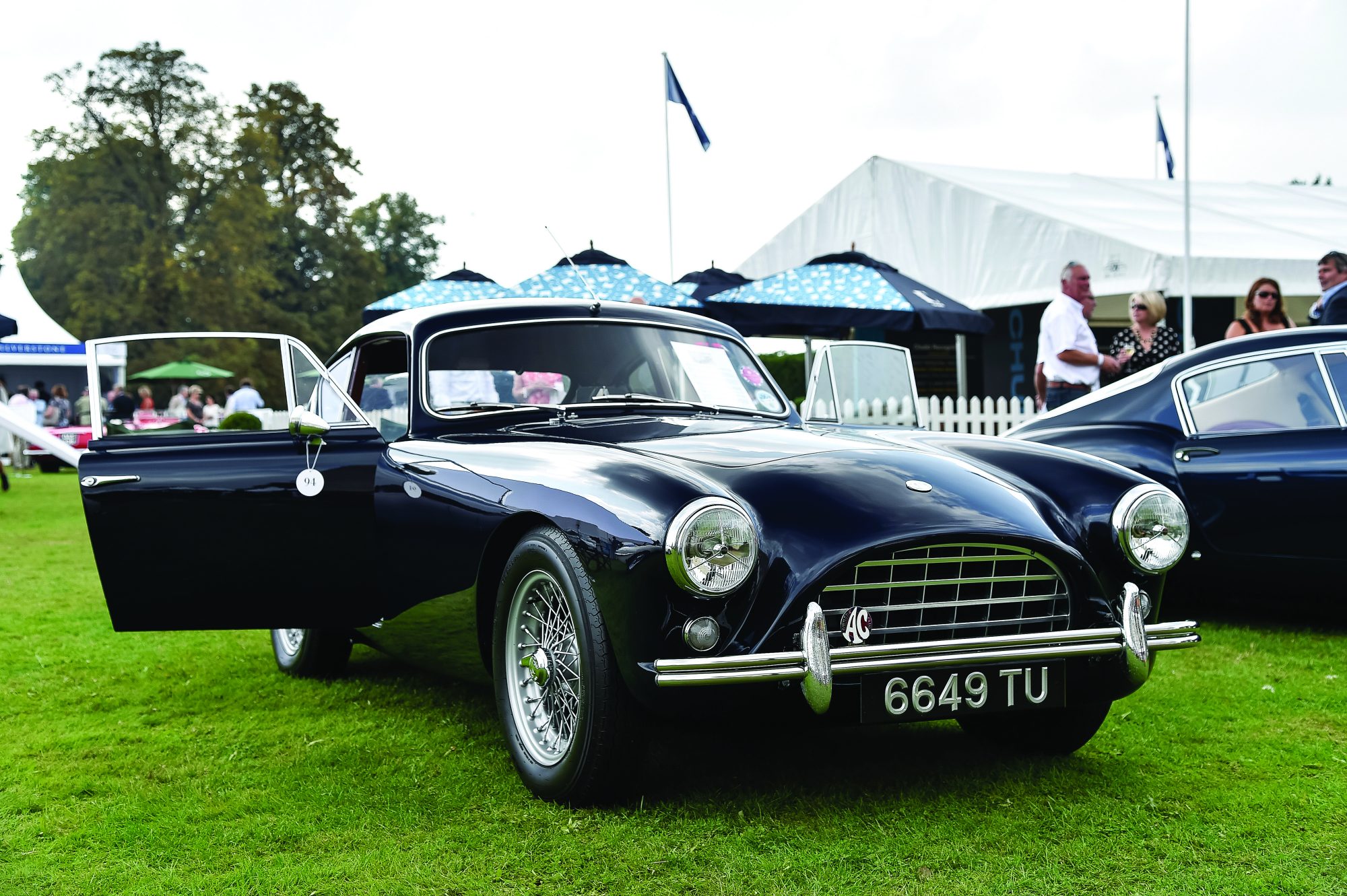
AC Aceca
It wasn’t on an entirely sure footing though. AC survived the Second World War by switching to aiding the war effort. Afterwards it made limited numbers of cars (about five per week) but it wasn’t the cars that secured the business. The Hurlock family were a savvy bunch, and looked for other opportunities. So in the 1930s, AC made golf trolleys and even the trains used on Southend-on-Sea pier. Diverse and most definitely financially rewarding.
It wasn’t until 1952 that we saw the car that would make AC a household name, and even then, it wasn’t called the Cobra. It was the Ace. A two-seater sports car powered by the Light Six engine designed by John Weller many years earlier and bodied in aluminium, it was the ‘pretty face’ of AC. But behind closed doors, it was something else entirely that was paying to keep the electric on – the AC Invacar.
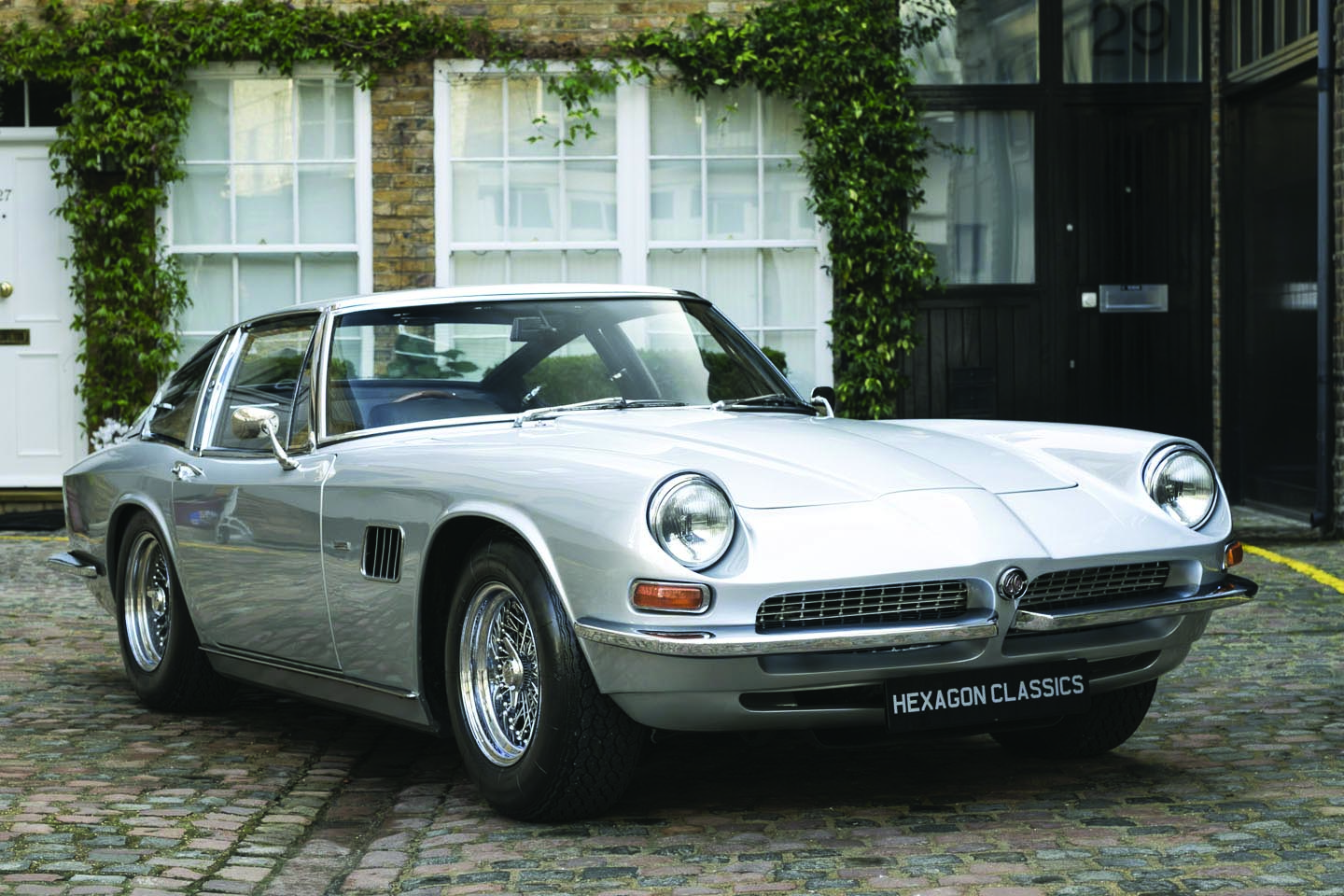
AC Frua
Yes, we are of course talking about the bizarre, blue, three-wheeled contraptions that used to be a regular sight on the UK’s roads. Before the days of Motability, this little car was the simple but effective means of transport for those less able than others. Built until 1976, the Invacar was, somewhat ironically given that it was meant to be safe transport for the less mobile, recalled in 2003 and consequently scrapped on safety grounds. During its life though, it was a huge money maker for AC thanks to being built under government contract.
As for the cars, other models were introduced such as the Aceca and the Greyhound, and with them came ties with Bristol, Zegato and others. Ultimately though, it was the interest of an American that would put AC in the history books.
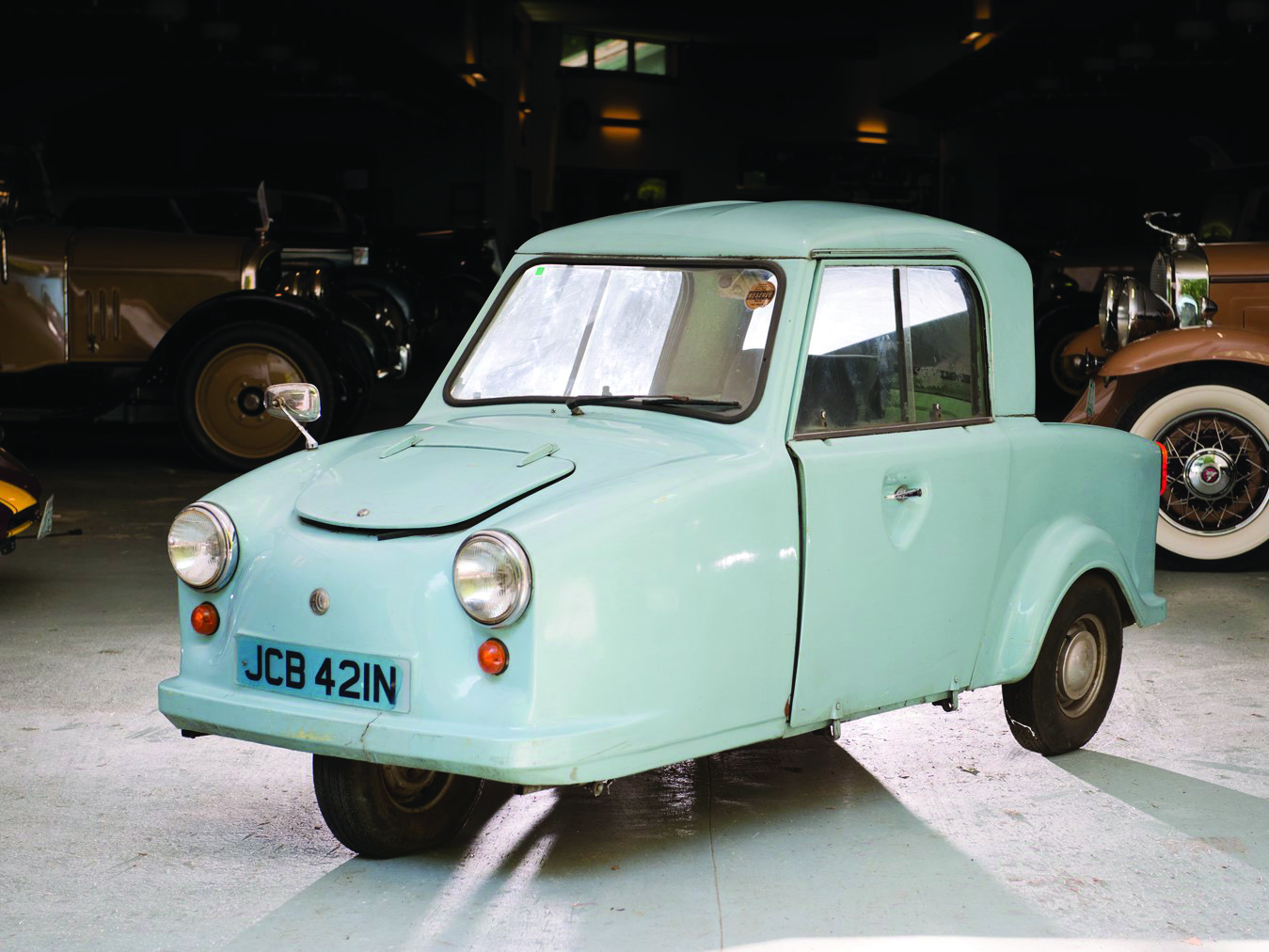
Carroll Shelby liked the AC Ace. He saw potential in the small sports car, but didn’t see much in the way of speed. As a car though, it would be perfect to take on the Corvettes found on the race circuits of the USA. Happily, and as we all know, Shelby was a successful speed merchant, building many a big-power car, so finding extra grunt for the Ace was no issue. As such, with the addition of a Ford 221 Windsor V8, 1961 saw the one and only AC Ace 3.6 Cobra hit the tracks.
It was a bond that remained in place for years, and saw more models built. Cars like the AC Cobra, the Shelby 289 Cobra and the Cobra Coupe, based on the Ace Coupe, of course. In fact, it was a Cobra Coupe that famously clocked 185mph on the M1 in 1964, piloted by Jack Sears. Pub talk would have you believe that car single handedly brought about the 70mph limit. It didn’t. In fact, the 185mph run was nothing new; many race teams tested on the unrestricted M1 ahead of Le Mans. The 70mph limit didn’t come about until 1967, and even then it did so under a different government.
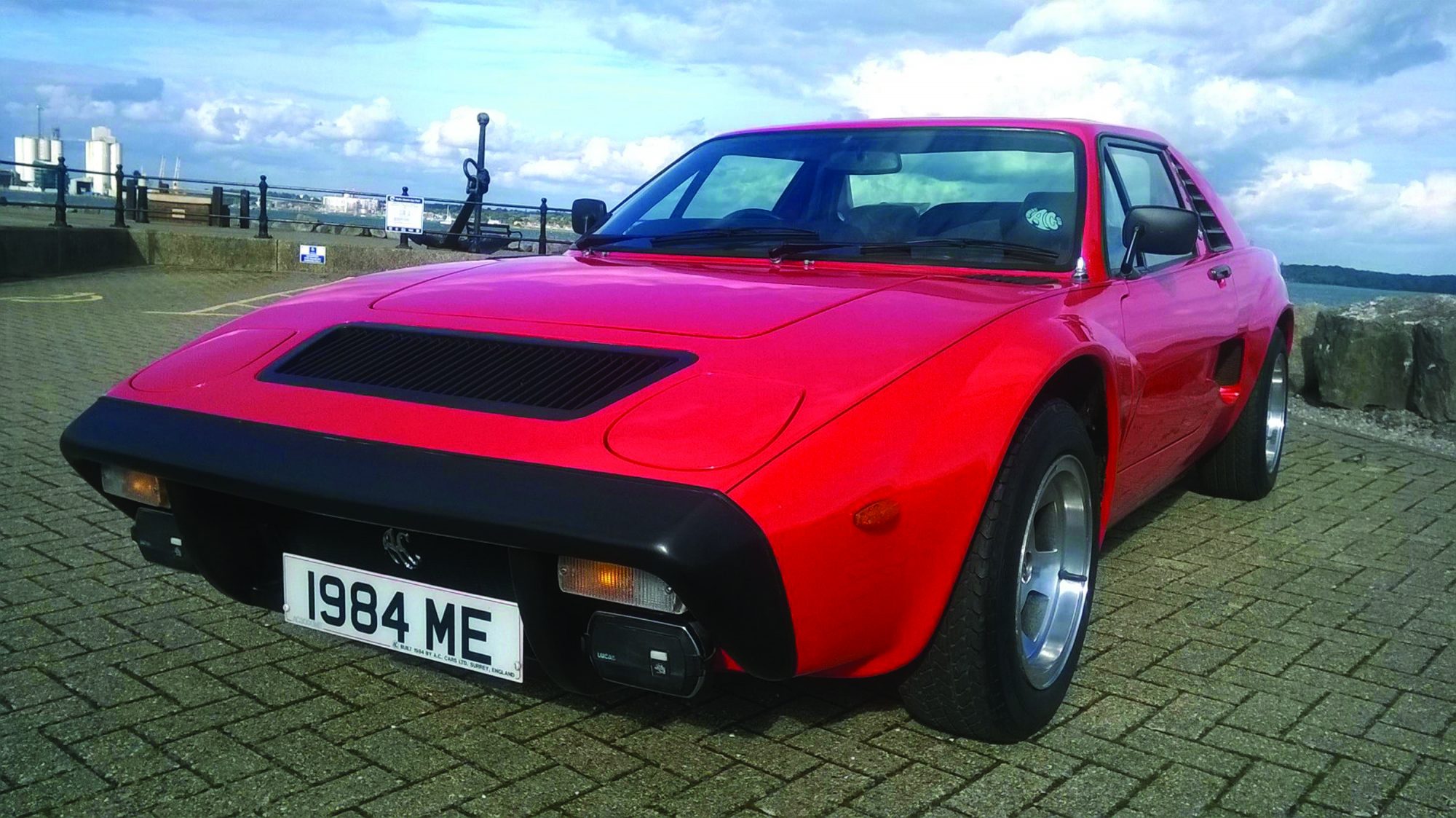
AC 3000ME
The Cobra wasn’t AC’s only offering, though you’ll win some serious points if you recognise any of the others. For starters, there was the AC 428, or Frua, unveiled in 1965 in Turin. Designed as a GT car by Italian coachbuilder, Pietro Frua, it was a long, sleek machine that, as the numbers would suggest, was powered by a 428cui V8, though a few early cars had the 472cui engine. Either way, it was a thumping engine that could make a Plus 8 blush.
Then of course there was the mad, mid-engined 3000ME. A squat, wide little thing, it would have looked right at home on the rally stages against the likes of the Lancia Stratos et al. Sadly though, it wasn’t a big seller. Only 71 were sold before Hurlock called time on the car.
In fact, it was time for AC to call it a day completely. The 3000ME wasn’t a big seller, the Frua was too costly and didn’t stack up well against more established firms, and the Cobras were starting to get long in the tooth, too. Add in the struggle that came from trying to climb out of yet another recession and you can see why, in 1984, production at the Thames Ditton plant stopped.
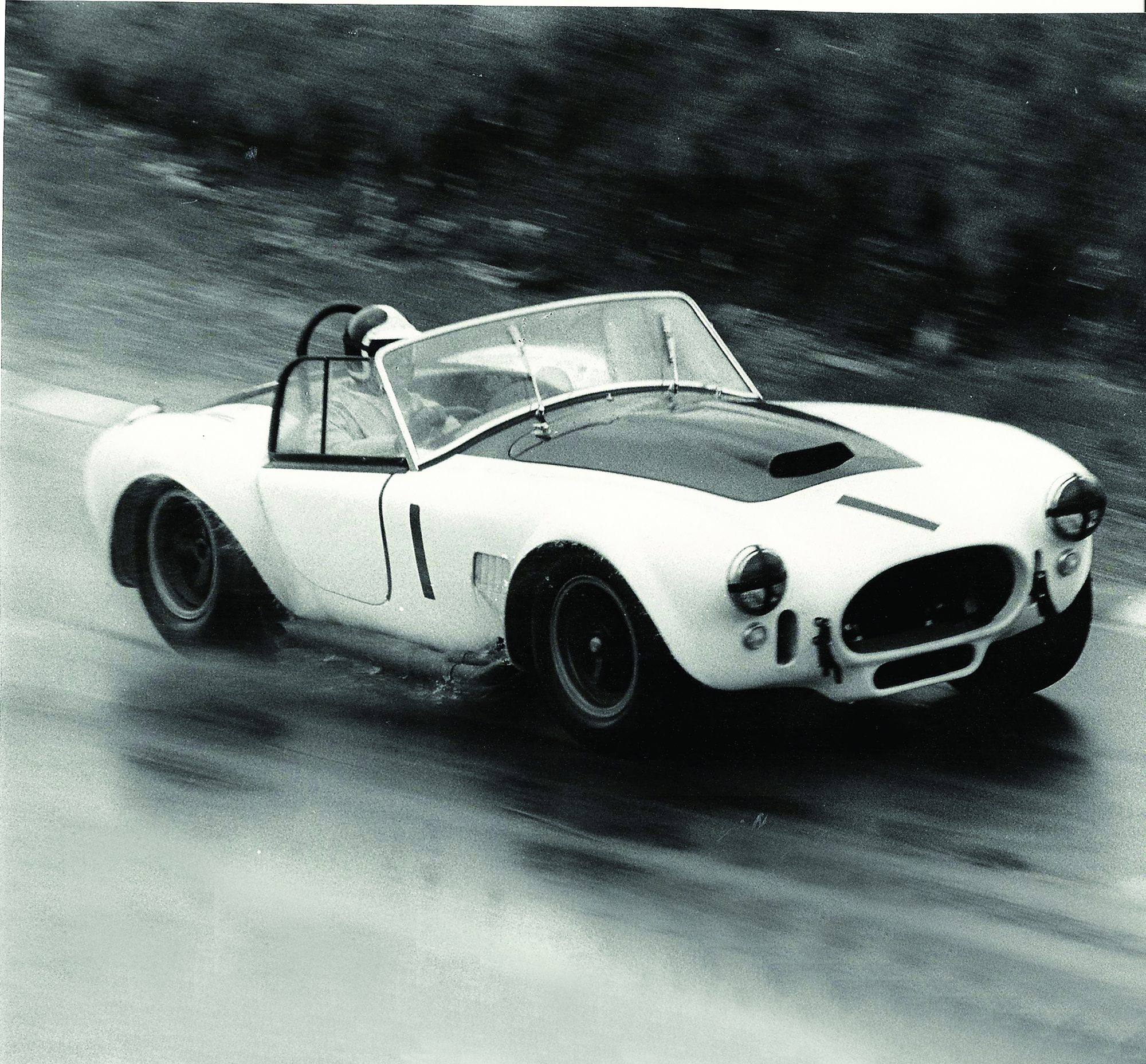
It wasn’t the end though. AC had spawned a number of independent companies that serviced and restored its cars. One such company was AutoKraft, owned by Brian Angliss. He acquired tooling to make Cobras, though owing to Hurlock being protective of the name, the cars were sold as the AutoKraft MKIV. In the end, Hurlock was impressed with the build quality on show, so relinquished the rights to Angliss in 1986.
Over the following years, Angliss carried the AC name forward, even developing a new AC Ace in 1993. Sadly though, development costs were high, so the project floundered with only fifty being built. And they were built at great cost to Angliss. To keep AC going and fund the Ace, he sold his classic motorbikes, his cars and more. It was all in vain though. The company went into receivership in 1996.
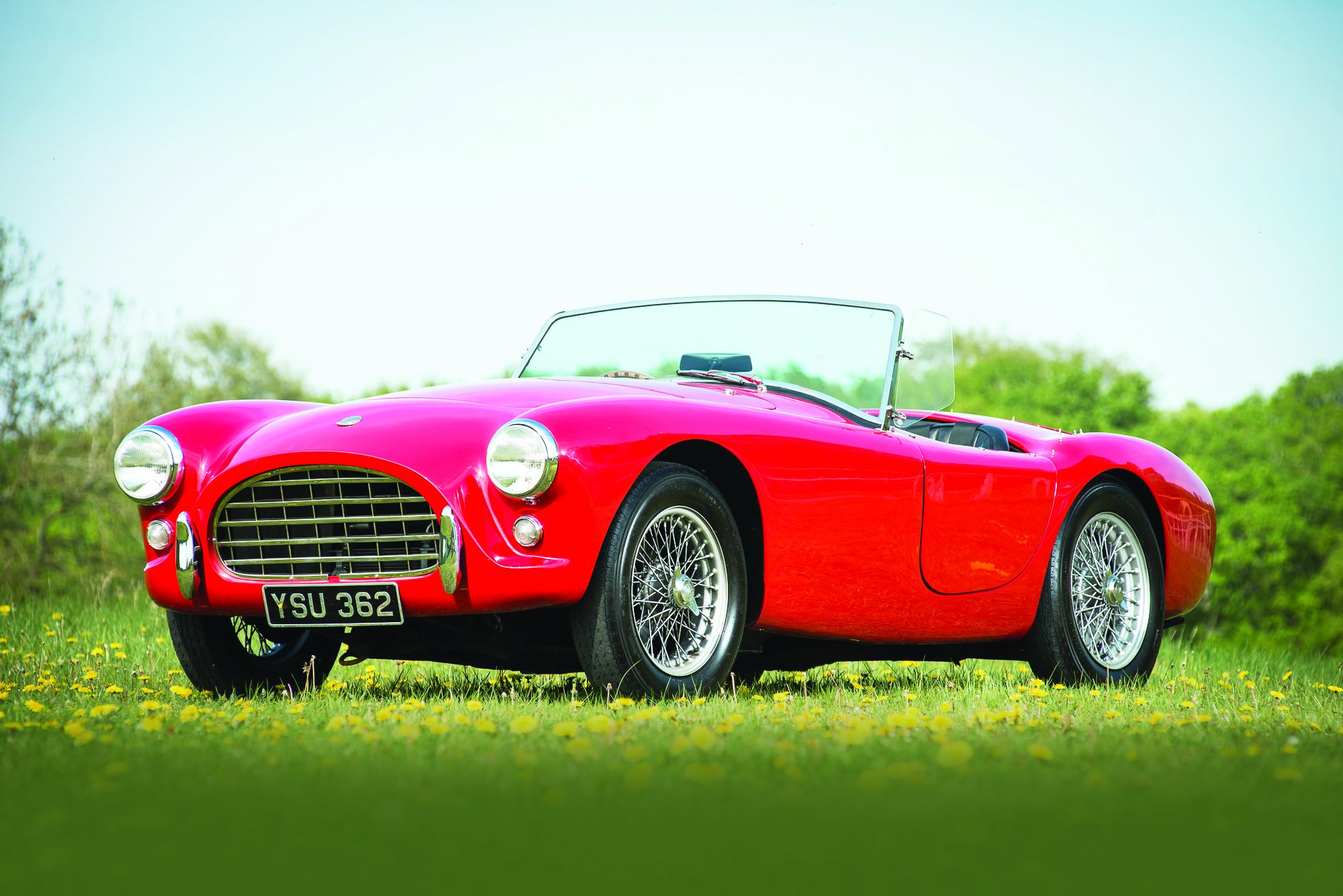
And yet still, AC didn’t surrender. It was taken over by a South African entrepreneur, Alan Lubinsky. As we type, there is a website, the AC Cars name is registered in Germany and the UK and over the last decade, there has been the odd prototype or show car, but nothing concrete. Lubinsky seemed full of ideas and determination to revive the brand, with talk of modernised mechanicals under classic bodywork. Will it ever come to fruition? We don’t know.
AC 387GT
It seems bleak, or at least it would if a consortium lead by AC Cars hadn’t just bought Zenos Cars, a small, British sports car maker. The AC 387GT emerged. It was, and still is a fully resolved, road legal car, but it’s the only one and now lives in the collection of Studio 434. It’s all very strange. Will AC Cars ever make a proper return? Only time will tell.

